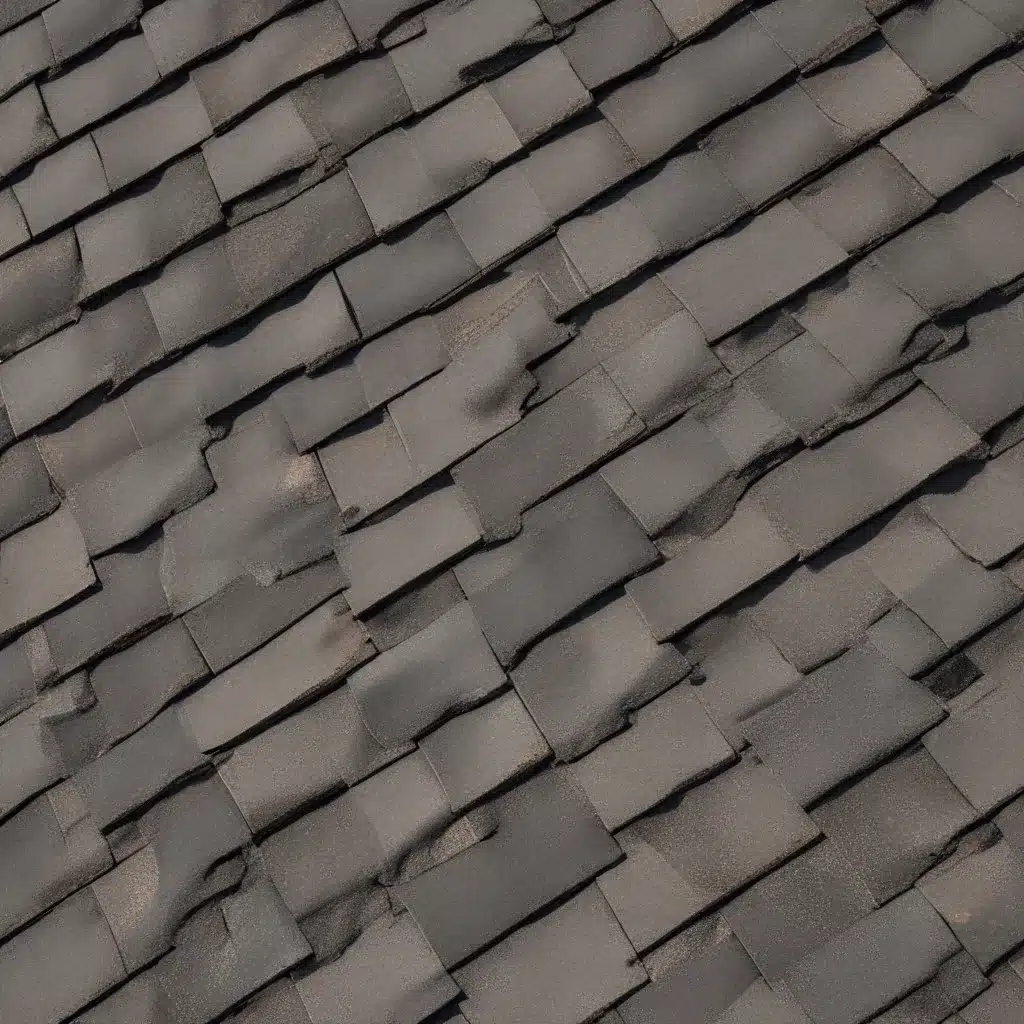
Understanding Fire Resistance Ratings
When it comes to ensuring the safety and durability of a building, few factors are as crucial as the choice of roofing material. One significant aspect often overlooked is the material’s resistance to fire. Understanding the fire resistance of various roofing materials is paramount, especially in regions prone to wildfires or other fire hazards.
Fire ratings play a pivotal role in determining a roofing material’s ability to withstand fire hazards. These ratings are typically assigned based on rigorous testing conducted by regulatory agencies or independent laboratories. The classifications range from Class A, representing the highest level of fire resistance, to Class C, indicating the least resistance. Factors such as ignition resistance, flame spread, and smoke development are evaluated to determine a material’s fire rating.
By comprehending the nuances of fire ratings, individuals can make informed decisions when selecting roofing materials for their properties, prioritizing safety and resilience against potential fire incidents.
Evaluating Roofing Materials
Asphalt Shingles:
Asphalt shingles have long been a traditional choice for roofing, valued for their affordability and versatility. However, when it comes to fire resistance, not all asphalt shingles are created equal. Some may have a lower fire rating, making them more susceptible to ignition and flame spread, particularly in areas prone to wildfires. It’s essential to research the specific fire rating of the asphalt shingles before making a purchase.
Metal Roofing:
Metal roofing is renowned for its durability and longevity, making it a favored option for both residential and commercial buildings. Notably, it boasts impressive fire resistance, surpassing traditional materials like wood or asphalt. Typically made from steel or aluminum, metal roofing materials are inherently non-combustible, earning them high fire ratings. Moreover, they are less prone to ignition from sparks or embers, thereby reducing the risk of fire spreading, especially during wildfires.
Clay and Concrete Tiles:
Clay and concrete tiles are renowned for their durability, aesthetics, and exceptional fire resistance. Crafted from natural clay minerals or a mixture of cement, sand, and water, these materials offer robust protection against fire hazards, often earning high fire ratings. Their dense composition and interlocking design make them non-combustible and able to withstand high temperatures without igniting.
Composite Roofing:
Composite roofing strikes a balance between aesthetics and fire safety, offering homeowners both style and security. Made from a blend of materials like plastic and recycled fibers, these shingles mimic the appearance of natural materials while providing enhanced durability and fire protection.
Wood Shakes and Shingles:
Wood shakes and shingles evoke a timeless, rustic charm that appeals to many homeowners. However, despite their natural beauty, wood roofing materials pose inherent fire risks due to their combustible nature. Untreated wood shakes and shingles are highly susceptible to ignition from sources such as sparks, embers, or lightning strikes, making them a concern in areas prone to wildfires or urban environments with high fire risk. To mitigate these risks, fire-retardant treatments can be applied to wood roofing materials during manufacturing or installation.
Synthetic Roofing:
Synthetic roofing materials, crafted from a variety of polymers like PVC, TPO, or rubber, offer a contemporary solution to blending aesthetics with fire safety. Many of these materials boast inherent non-combustibility, greatly reducing the risk of ignition and flame spread. Furthermore, they often undergo treatments or incorporate fire-retardant additives to bolster their fire resistance even further.
Slate Roofing:
Slate roofing exudes timeless elegance and sophistication, appealing to homeowners seeking premium quality. Besides its aesthetic allure, slate boasts exceptional fireproof properties, earning it one of the highest fire ratings among roofing materials. Crafted from natural stone, slate is inherently non-combustible and can endure extreme temperatures without igniting.
The Role of Insulation in Fire Resistance
Insulation materials play a crucial role in bolstering fire resistance from below in roofing systems. By selecting the right insulation materials, homeowners can significantly improve the overall safety of their homes and minimize the risk of fire hazards. Insulation can act as a barrier to slow the spread of flames and prevent heat transfer into the building’s interior, enhancing the overall fire resilience of the roofing system.
Environmental Considerations
Considering the broader environmental impact of roofing materials is crucial. Sustainable choices not only benefit the planet but can also indirectly enhance fire safety. Materials like metal roofing and synthetic composites often contain recycled content and are fully recyclable, reducing the need for new raw materials and minimizing waste. Additionally, environmentally friendly options like cool roofs or green roofs offer benefits such as energy efficiency and stormwater management while potentially reducing fire ignition risk.
Conclusion
Understanding fire ratings is paramount when selecting roofing materials for your property. From traditional choices like asphalt shingles to innovative options like synthetic roofing materials, each option offers varying degrees of fire resistance. Homeowners must prioritize safety and resilience against potential fire incidents when making their selections.
Moreover, considering the broader environmental impact of roofing materials is essential, as sustainable choices can contribute to both a healthier planet and enhanced fire safety. By integrating knowledge of fire ratings and environmental considerations, homeowners can make informed decisions that prioritize safety, durability, and sustainability for their roofing needs.
At Roofers in Northampton, we are committed to providing our clients with expert roofing solutions that balance aesthetics and safety. Whether you’re in need of a new roof, repairs, or maintenance, our team of experienced professionals can guide you through the selection process and ensure your home is protected from fire hazards. Contact us today to learn more about our services and how we can help you achieve your roofing goals.

